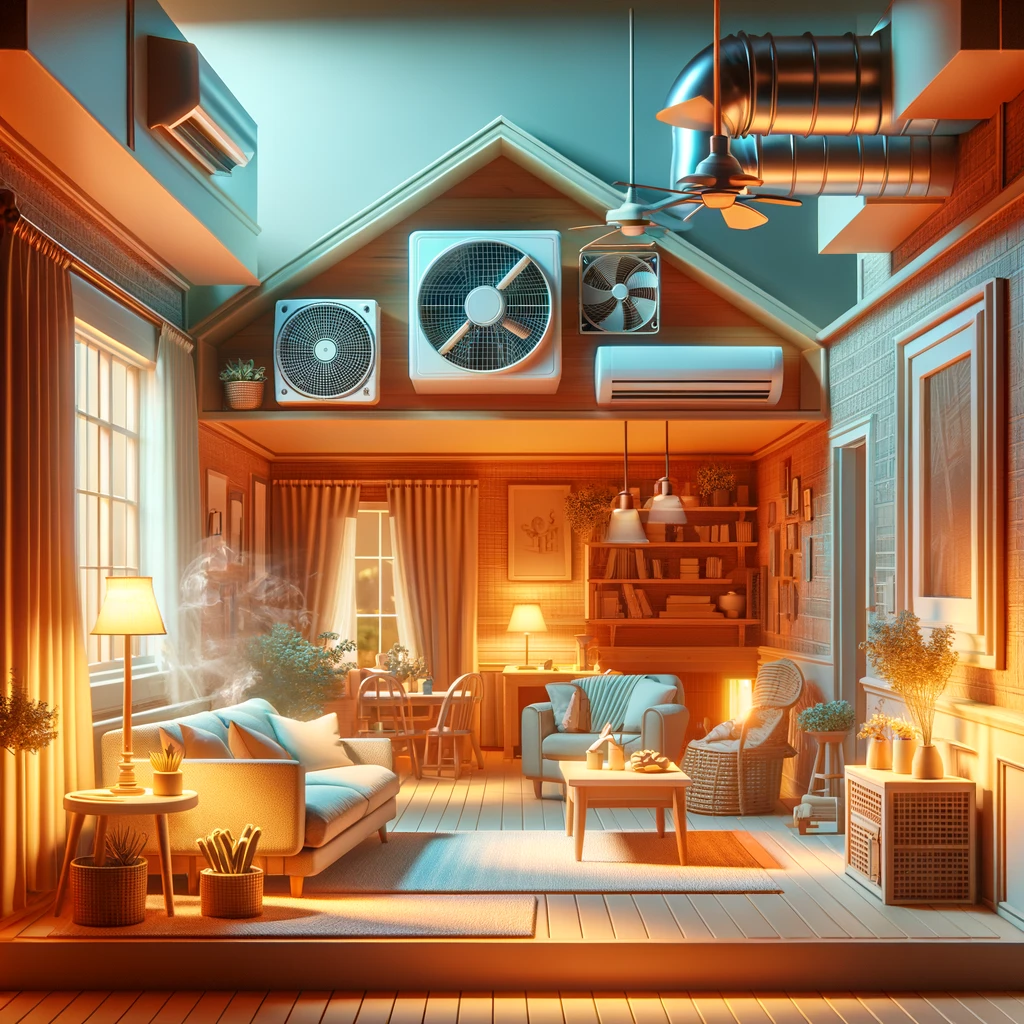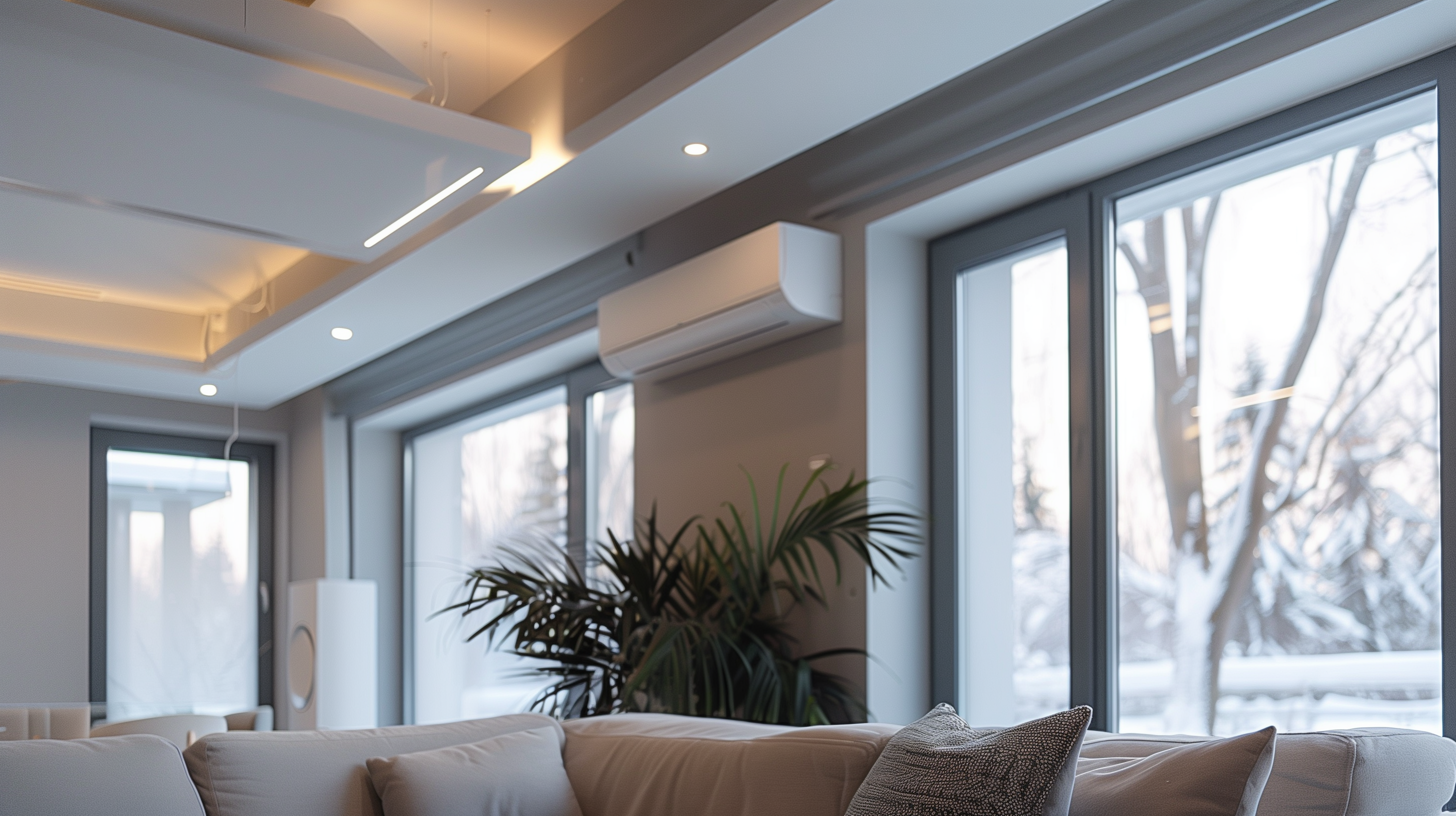In the world of HVAC design and home construction, ensuring proper ventilation is not just a matter of comfort; it’s a crucial aspect of safety and compliance with building codes. To meet ASHRAE 62.2 ventilation requirements, HVAC designers may specify exhaust fans to run continuously. In homes with continuously operating ventilation and exhaust fans, it’s essential for HVAC contractors and electricians to select the right fans equipped with override controls and place them in easily accessible locations for homeowners. This blog post delves into the importance of continuously operating ventilation and exhaust fans, their override controls, and compliance with relevant codes.
The Importance of Continuously Operating Fans
Continuous ventilation and exhaust fans play a vital role in maintaining indoor air quality and removing pollutants, odors, and excess humidity from a home. They are especially important in areas with high humidity, as they help prevent moisture-related problems like mold growth. However, it’s equally important to ensure that these fans can be easily controlled and, if necessary, turned off by homeowners. This is where override controls come into play.
Override Controls: Why Are They Necessary?
Override controls for continuously operating fans serve two primary purposes:
- Accessibility and Control: Homeowners should have easy access to the controls of these fans. Placing the controls in an accessible location ensures that homeowners can manage the operation of the fans as needed.
- Prevention of Accidental Shutdown: Properly labeled override controls prevent accidental shutdowns of the fans. Without clear labeling, homeowners may unknowingly turn off the fans, compromising indoor air quality and potentially leading to issues such as mold growth.
Locating Override Controls
HVAC contractors and electricians have several options for locating override controls for continuously operating fans:
- Near the Thermostat: One convenient option is to place the labeled control switch on a wall next to the thermostat. This centralizes the control of the HVAC system, making it easy for homeowners to manage ventilation along with other HVAC functions.
- On the Electrical Panel: Alternatively, a switch with a label can be installed on the electrical panel. This option is useful in homes with multiple continuously running exhaust fans, as it allows for centralized control while keeping the switch out of sight.
- On or Near the Air Handler: For exhaust fan models with internal override systems, controls can be located on the electrical switch plate or as defined in the manufacturer’s manual. These controls must be accessible for homeowners to meet code requirements.
Compliance with Codes and Standards
To ensure compliance with ventilation standards, it’s essential to adhere to relevant codes and requirements:
ENERGY STAR Single-Family New Homes, Version 3/3.1 (Rev. 11):
Requirement 7.2: Install a readily-accessible ventilation override control and label it if its function is not obvious.
DOE Zero Energy Ready Home (Revision 07):
Requirement 1: Certification under ENERGY STAR programs is mandatory.
2009 International Energy Conservation Code (IECC):
The 2009 IECC does not address continuously operating ventilation and exhaust fan controls.
2012, 2015, 2018, and 2021 IECC:
Section R403.6 (R403.5 in 2012 IRC) mandates compliance with ventilation requirements based on the International Residential Code or International Mechanical Code.
Retrofit in 2009, 2012, 2015, 2018, and 2021 IECC:
Section R101.4.3 (in 2009 and 2012) outlines requirements for additions, alterations, renovations, or repairs.
Chapter 5 (in 2015, 2018, 2021 IRC):
This chapter governs the alteration, repair, addition, and change of occupancy of existing buildings and structures.
2009, 2012, 2015, 2018, and 2021 International Residential Code (IRC):
The IRC does not specifically address continuously operating ventilation and exhaust fan controls.
Continuously operating ventilation and exhaust fans are essential for maintaining indoor air quality and preventing issues like mold growth. However, it’s equally crucial to ensure that homeowners can easily control these fans while preventing accidental shutdowns. By following code requirements and placing override controls in accessible locations, HVAC professionals contribute to both compliance and safety, ensuring that homes are well-ventilated and comfortable for occupants.
For immediate service or consultation, you may contact us at Allied Emergency Services, INC.
Contact Information:
- Phone: 1-800-792-0212
- Email: Info@AlliedEmergencyServices.com
- Location: Serving Illinois, Wisconsin, and Indiana with a focus on the greater Chicago area.
If you require immediate assistance or have specific questions, our human support is readily available to help you.
Disclaimer: This article is intended for informational purposes only. For professional advice, consult experts in the field.










